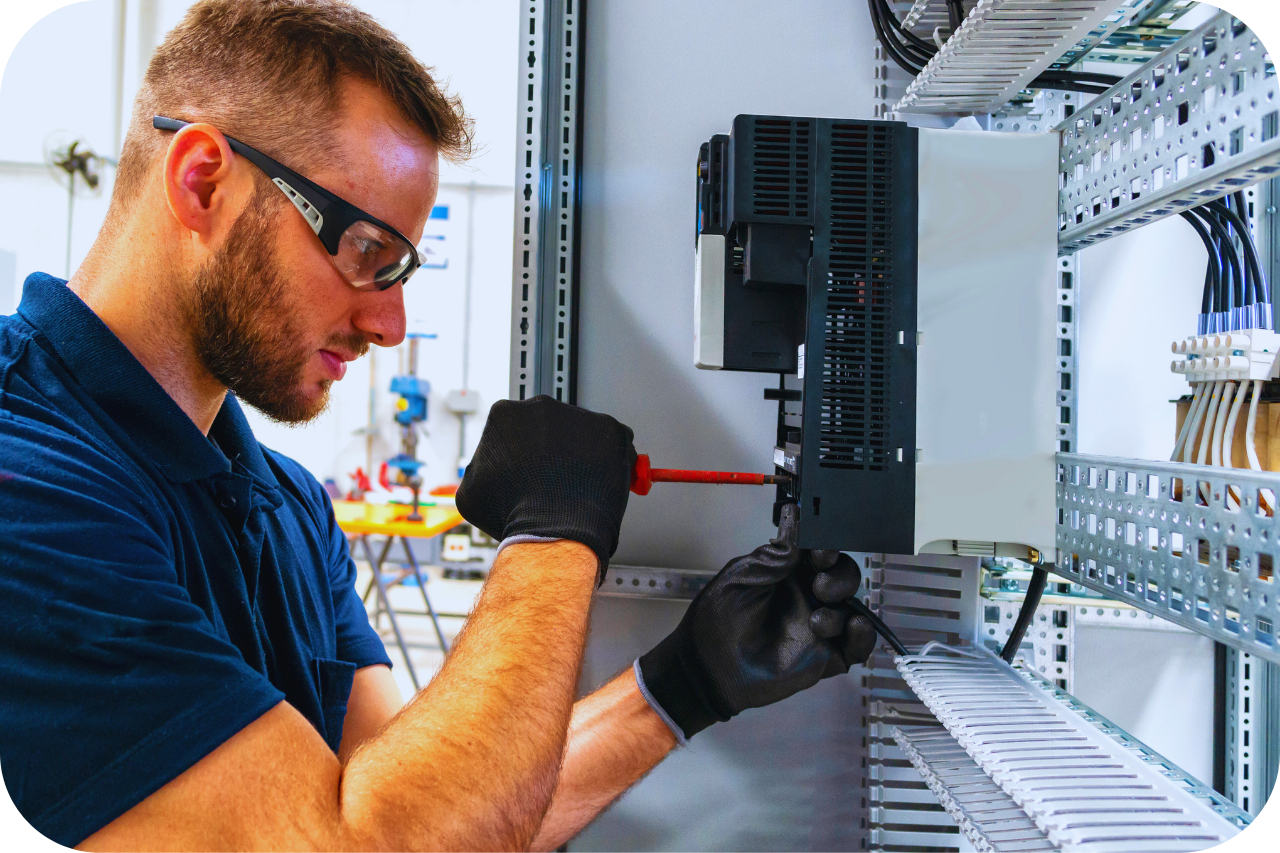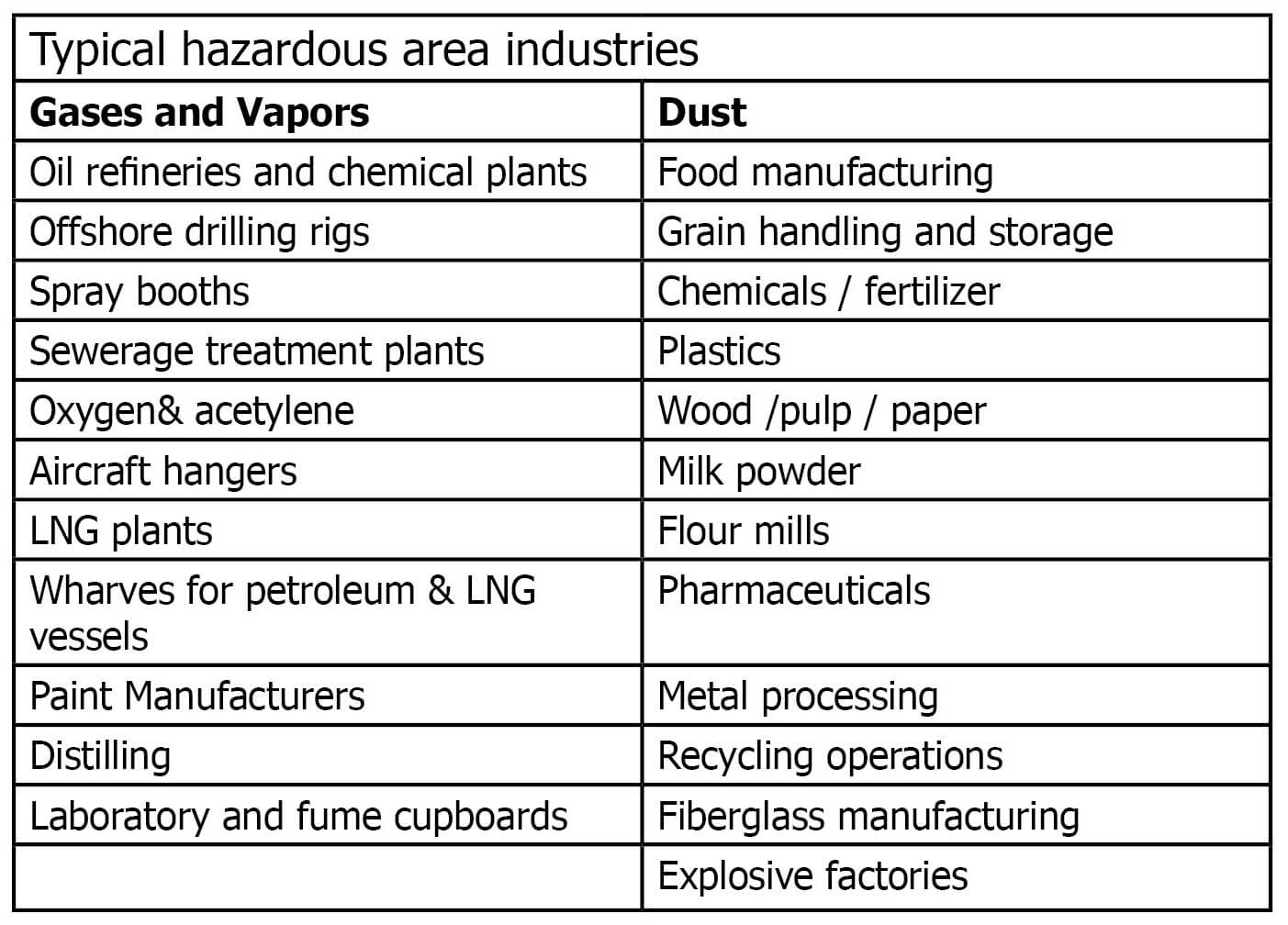Our Roar Solutions Ideas
Our Roar Solutions Ideas
Blog Article
See This Report about Roar Solutions
Table of ContentsExcitement About Roar SolutionsThe Buzz on Roar SolutionsSome Known Questions About Roar Solutions.
In order to secure installments from a possible surge a method of analysing and classifying a potentially hazardous area is needed. The objective of this is to guarantee the appropriate option and installation of equipment to ultimately stop a surge and to make certain safety and security of life.
(https://www.imdb.com/user/ur192566418/?ref_=nv_usr_prof_2)
No equipment must be mounted where the surface temperature level of the devices is higher than the ignition temperature of the provided risk. Below are some typical dirt unsafe and their minimum ignition temperature level. Coal Dust 380C 225C Polythene 420C (thaws) Methyl Cellulose 420C 320C Starch 460C 435C Flour 490C 340C Sugar 490C 460C Grain Dust 510C 300C Phenolic Resin 530C > 450C Aluminium 590C > 450C PVC 700C > 450C Residue 810C 570C The likelihood of the hazard being present in a concentration high sufficient to trigger an ignition will differ from area to place.
In order to classify this threat a setup is split into locations of danger depending upon the quantity of time the harmful is existing. These locations are referred to as Zones. For gases and vapours and dirts and fibres there are three zones. Area 0 Area 20 A dangerous atmosphere is highly likely to be existing and may exist for extended periods of time (> 1000 hours per year) or perhaps continually Area 1 Zone 21 A hazardous ambience is feasible yet unlikely to be present for extended periods of time (> 10 450 C [842 F] A classification of T6 means the minimum ignition temperature is > 85 C [185 F] Unsafe location electric devices maybe designed for use in higher ambient temperatures. This would showed on the rating plate e.g. EExe II C T3 Ta + 60C( This implies at 60C ambient T3 will not be gone beyond) T1 T1, T2, T3, T4, T5, T6 T2 T2, T3, T4, T5, T6 T3 T3, T4, T5, T6 T4 T4, T5, T6 T5 T5, T6 T6 T6 A T Class rating of T1 implies the maximum surface area temperature produced by the instrument at 40 C is 450 C. Assuming the connected T Class and Temperature level ranking for the equipment are proper for the location, you can always use an instrument with an extra rigorous Division rating than needed for the location. There isn't a clear response to this question however. It really does depend on the kind of equipment and what repair services need to be executed. Tools with particular test treatments that can not be done in the field in order to achieve/maintain 3rd party ranking. Need to return to the factory if it is prior to the tools's service. Area Fixing By Authorised Worker: Complicated testing may not be required nonetheless particular treatments may need to be complied with in order for the equipment to preserve its 3rd party rating. Authorized personnel should be utilized to do the work properly Repair work must be a like for like substitute. New component have to be considered as a direct substitute needing no unique testing of the equipment after the fixing is total. Each piece of equipment with a harmful score need to be assessed separately. These are described at a high degree listed below, yet for more thorough details, please refer directly to the standards.
Get This Report on Roar Solutions
The tools register is a thorough database of tools records that includes a minimum set of areas to determine each item's location, technological specifications, Ex-spouse classification, age, and ecological data. The proportion of Detailed to Shut evaluations will be established by the Devices Danger, which is analyzed based on ignition threat (the probability of a source of ignition versus the chance of a combustible atmosphere )and the dangerous location category
( Zone 0Area 1, or 2). Applying a robust Risk-Based Assessment( RBI )technique is critical for guaranteeing conformity and safety and security in taking care of Electrical Devices in Hazardous Locations( EEHA).
About Roar Solutions

In regards to eruptive threat, an unsafe location is an environment in which an eruptive ambience is existing (or might be anticipated to be existing) in amounts that call for special safety measures for the construction, installation and use devices. hazardous area course. In this short article we explore the challenges faced in the work environment, the danger control actions, and the called for competencies to function safely
It issues of contemporary life that we produce, keep or manage a series of gases or liquids that are regarded combustible, and a variety of dusts that are regarded combustible. These compounds can, in specific conditions, form eruptive atmospheres and these can have major and unfortunate link effects. The majority of us are familiar with the fire triangle eliminate any kind of among the three components and the fire can not happen, yet what does this mean in the context of hazardous areas? When breaking this down right into its easiest terms it is essentially: a combination of a particular amount of release or leakage of a certain compound or material, combining with ambient oxygen, and the presence of a source of ignition.
In most instances, we can do little about the levels of oxygen airborne, but we can have substantial impact on sources of ignition, for instance electric equipment. Hazardous locations are recorded on the hazardous area classification illustration and are recognized on-site by the triangular "EX-SPOUSE" sign. Below, among various other vital information, areas are divided into three kinds relying on the risk, the chance and period that an eruptive atmosphere will certainly exist; Area 0 or 20 is regarded one of the most harmful and Zone 2 or 22 is deemed the least.
Report this page